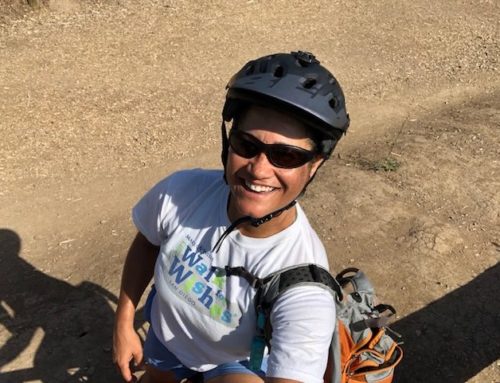I seem to be constantly struggling to change how the majority of the population views body weight. I can’t tell you how many times I’ve heard something along the lines of “I’ve dropped two pant sizes but I haven’t lost any weight.” In reality, if you aren’t considered obese, what does it really matter what the scale reads if your circumference measurements and body fat are decreasing? That is how I came up with the “metal analogy”. Weight is like metal; the weight of a particular volume of muscle is greater than that of the same volume of fat, just as a 1” x 1” block of iron weighs more than a 1” x 1” block of aluminum. Muscle weighs more than fat, and a scale doesn’t take this into consideration.
Muscle is much denser than body fat and therefore weighs more. If you look great, fit into the clothes you aimed to fit into, and feel great, you shouldn’t care that the scale isn’t showing exactly what you expected to see. However, if you fall into the obese category, that is another story. In that case, you should see changes occur on the scale. However, if you don’t fall into the obese category, then it pays to know what you should be looking for:
- Looser fitting clothes
- Body fat decrease
- Change in circumference measurements
I highly recommend that you have your body fat and circumference measurements taken. Measure your chest, waist, hips, thighs, calves, and arms so that you have some way to gauge your progress. Have a reassessment done after three months and you should see noticeable changes. In the mean time, assuming your goal is to lose weight, you should see changes in the way your clothes fit you.
It’s also important to point out that it’s impossible to spot reduce fat. Fat burning should be viewed as an entire body process. How your body chooses to let go of fat is specific to each person. One person may first lose weight in the abdominal region, while another may lose from the facial region. That is another reason why it is important to do measurements in order to track your progress. Fat is usually dropped first in the last area that it was put on.
If you are following a balanced exercise program and doing some type of resistance training, like weight lifting, you are probably adding muscle at the same time that you are losing fat. The scale may very well read the exact same weight that you started out at because you dropped 5 pounds of fat while adding 5 pounds of muscle. And muscle is a good thing—the more muscle you have on your body, the more calories you burn at rest, thus resulting in a higher metabolism. So the next time someone expresses feeling down because she has been working really hard to lose weight but hasn’t seen a change on the scale, remind her that her hard work is most likely paying off by changing her body composition, rather than her body weight.
Copyright © 2010 Optimum Condition. All rights reserved. Melissa Allen, CPT, BS, CES is a certified personal trainer, corrective exercise specialist and Medifast health coach, is the owner of the Optimum Condition Corrective Exercise & Performance Center, located in El Cajon, in the East County of San Diego. We specialize in customized fitness training and corrective exercise for both recreational athletes and post-rehab clients, as well as guaranteed weight loss programs or your money back. You can schedule a free consultation to help you get started. Please visit her website at OptimumCondition.org.





